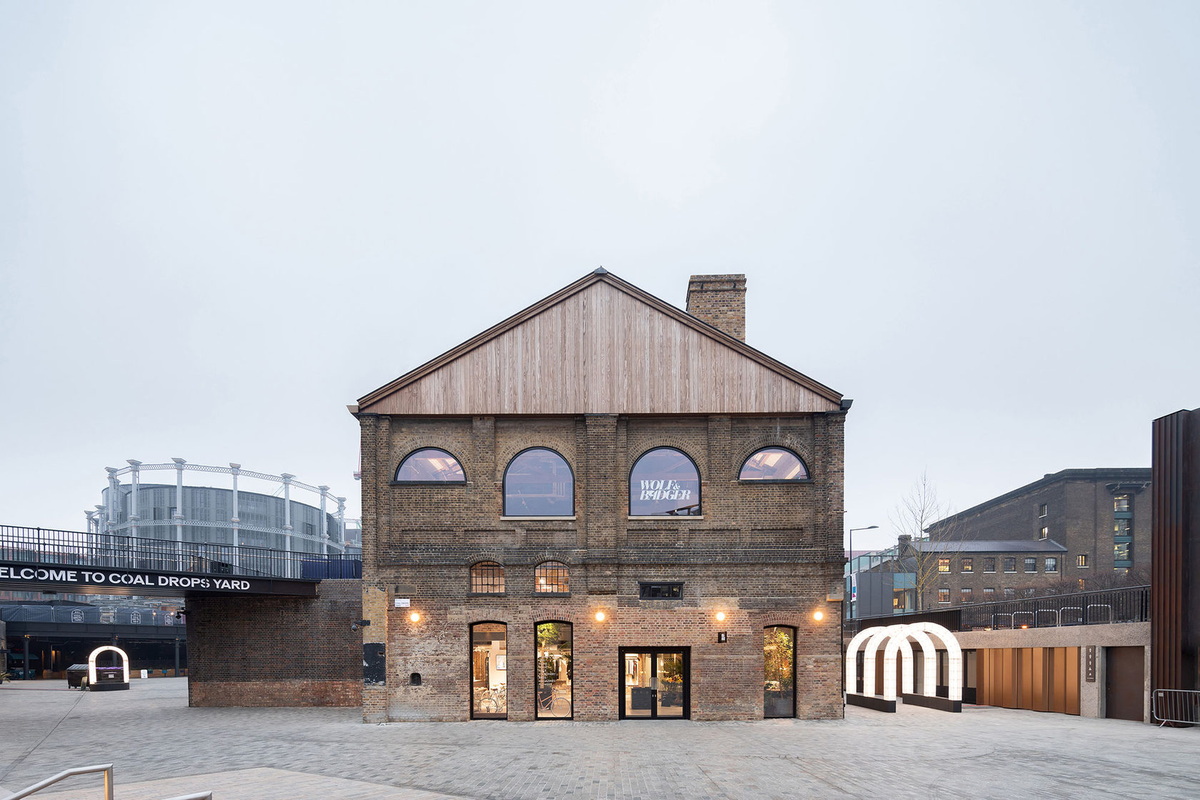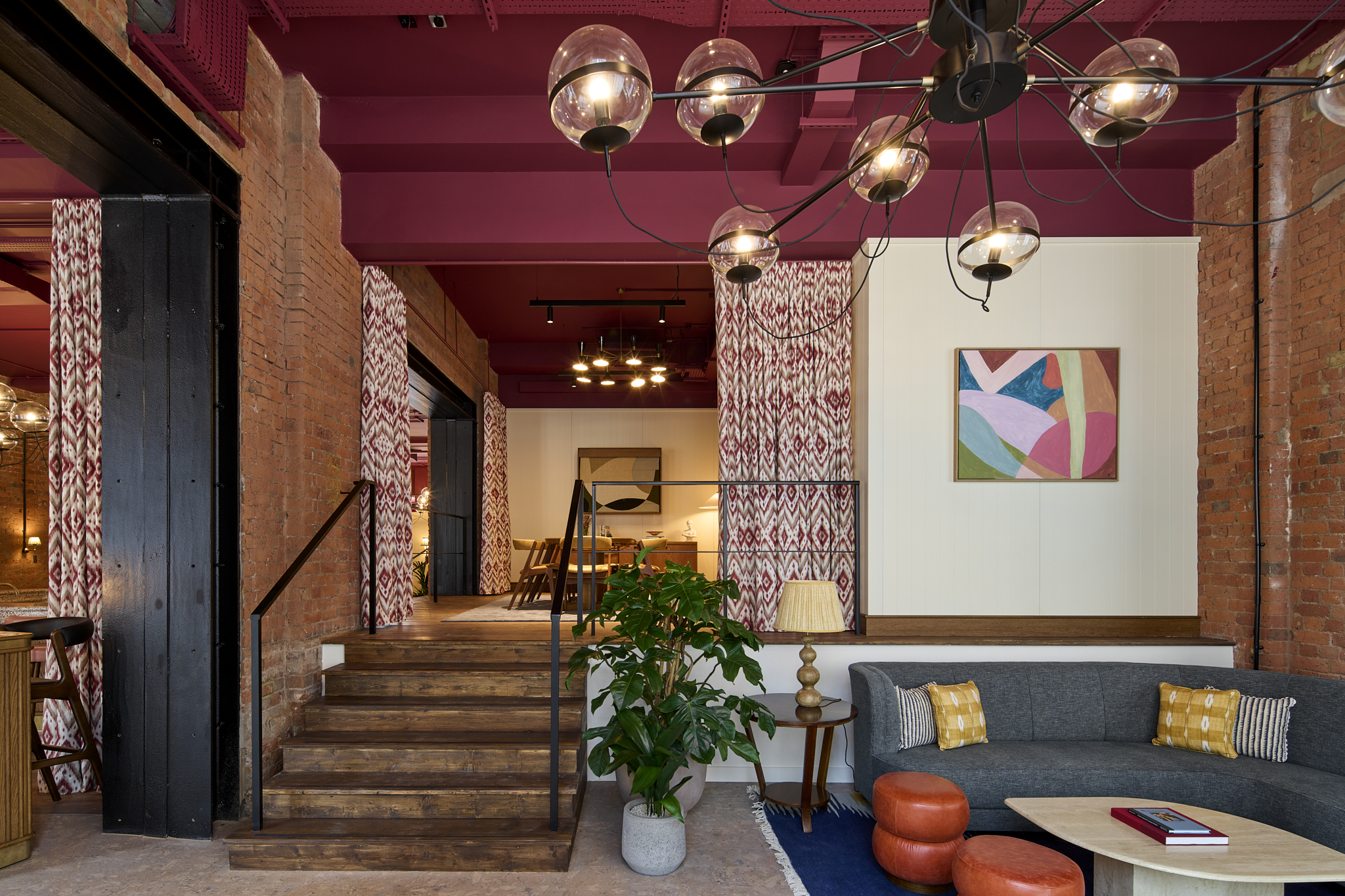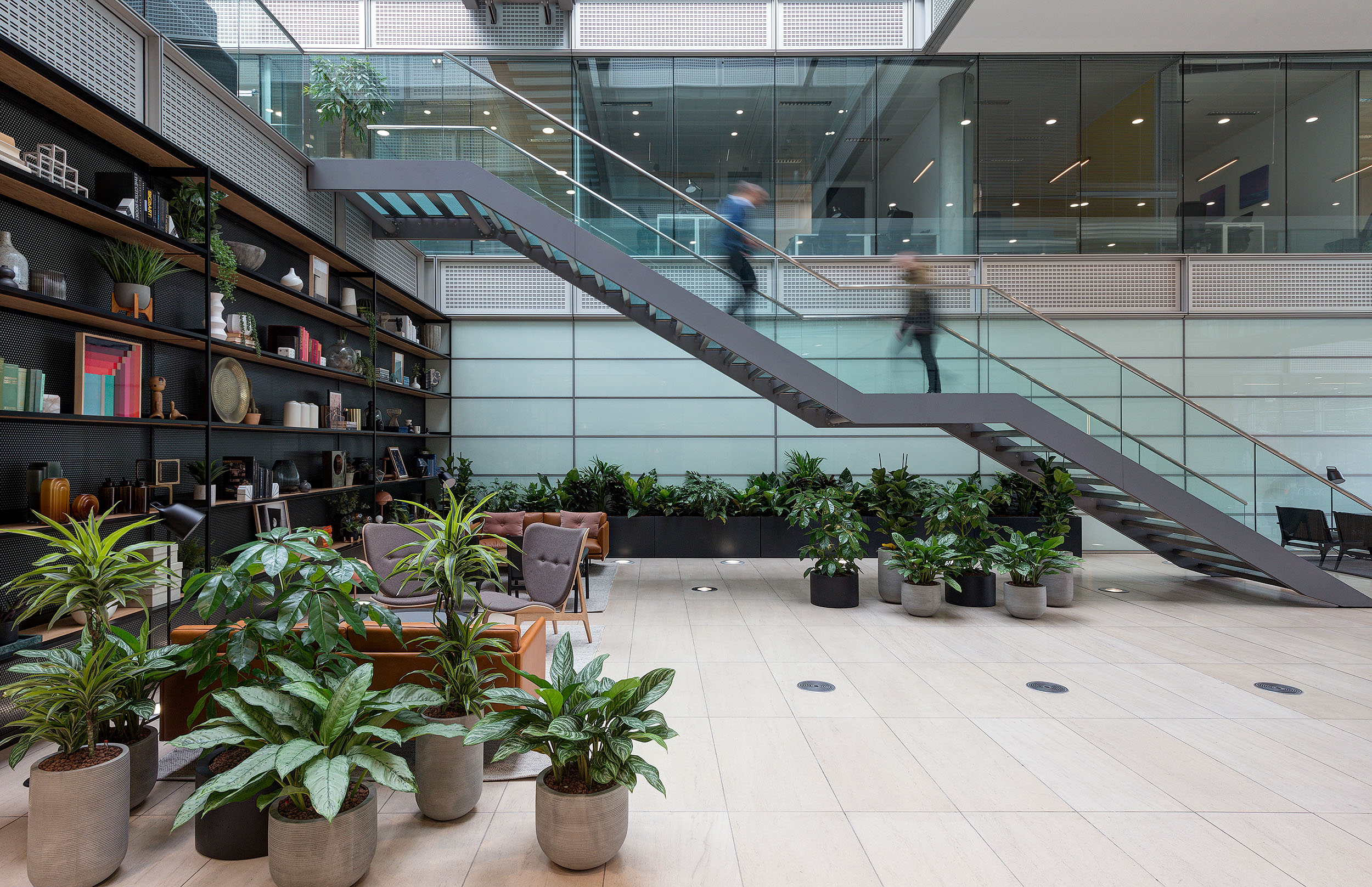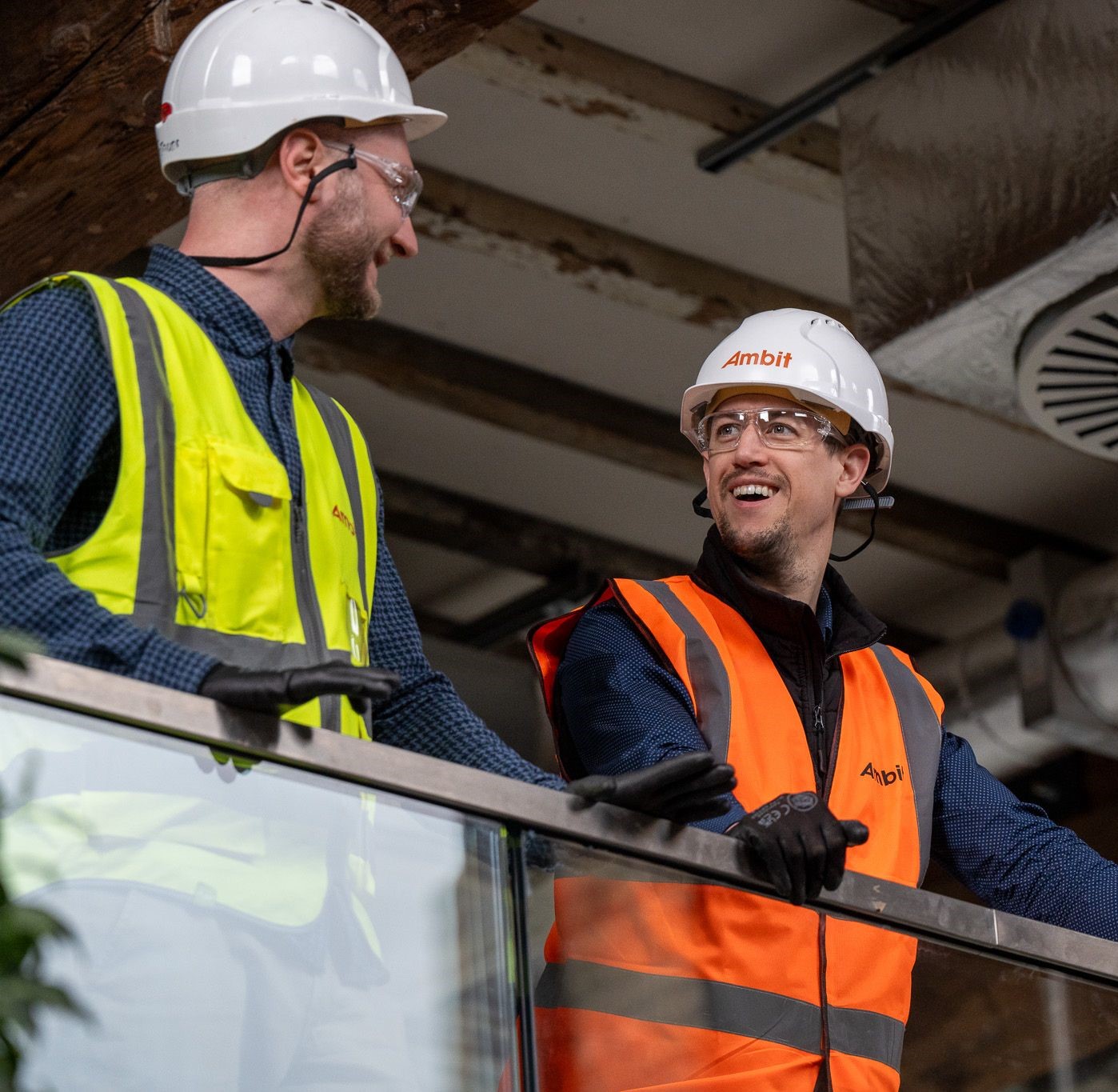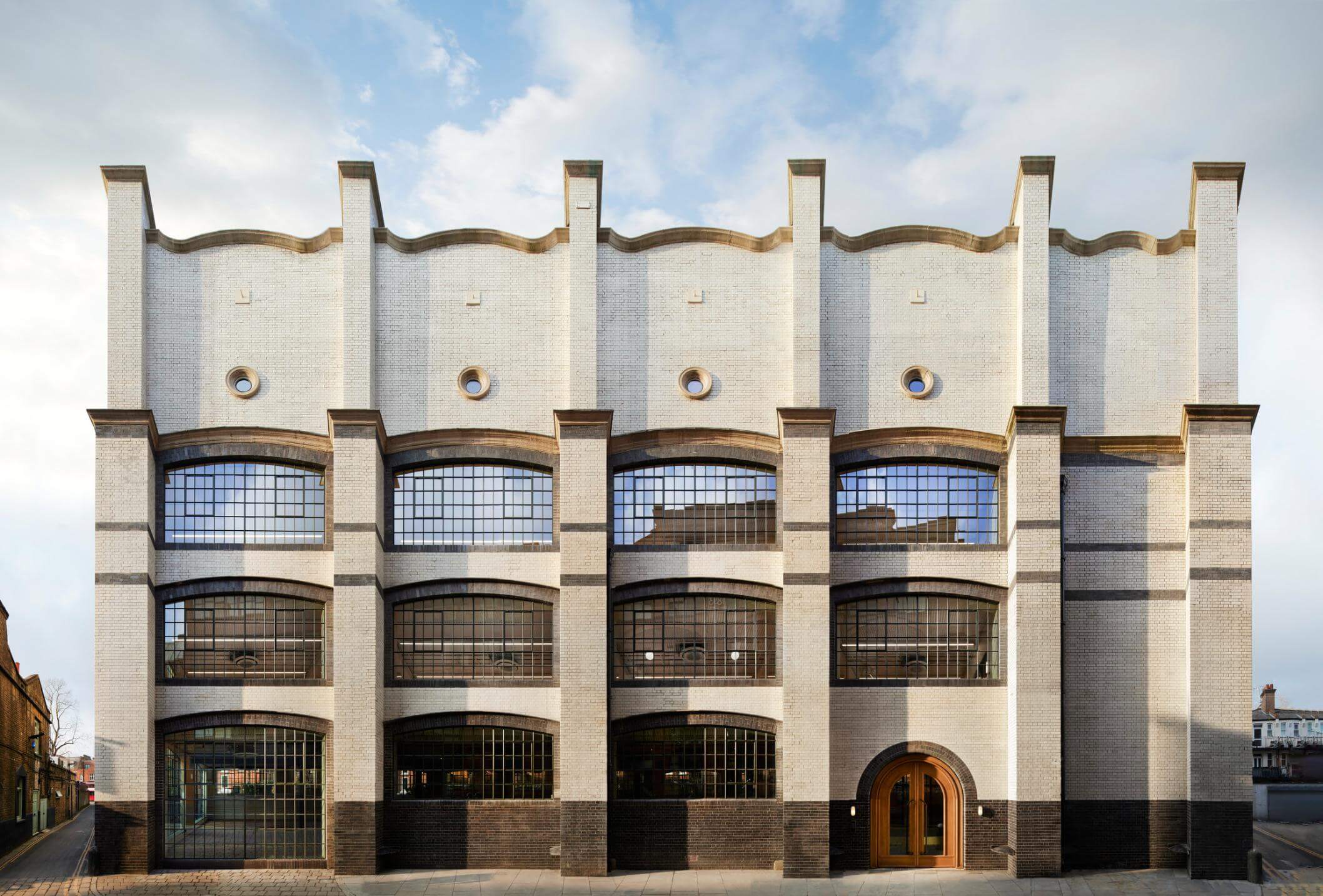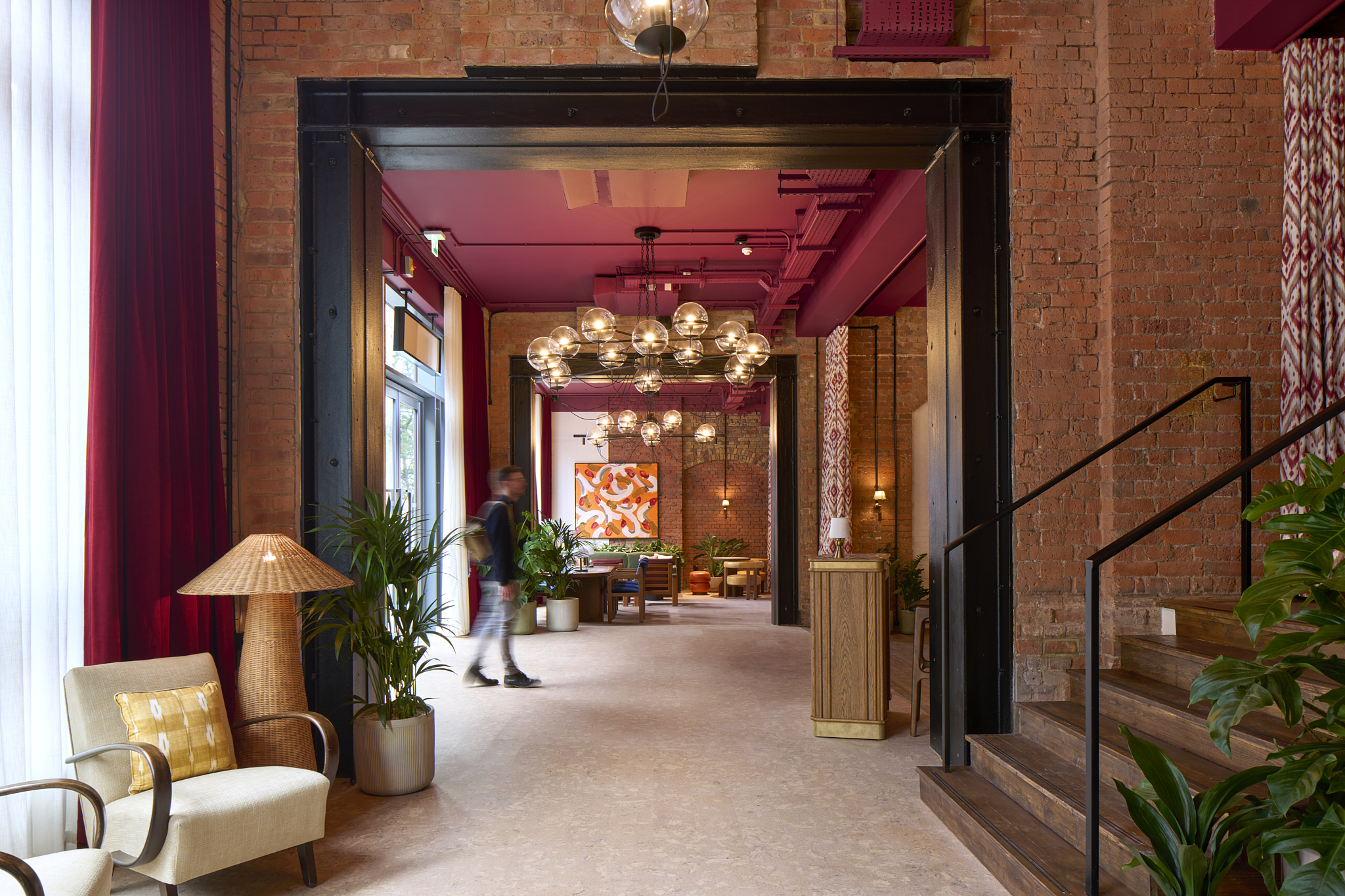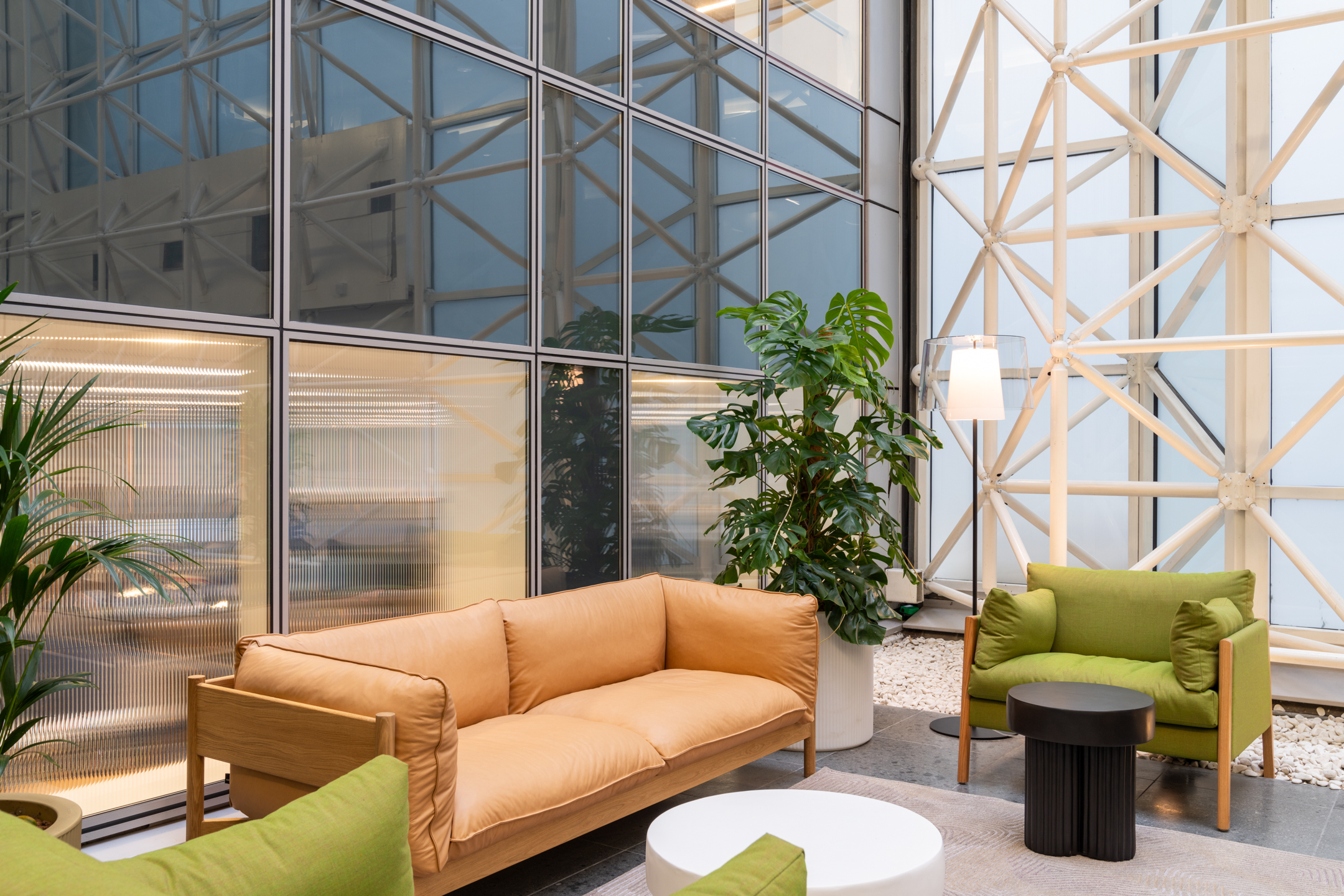Biophilic Design Boosts Wellbeing and Productivity
Close your eyes and picture your ideal workspace. Chances are, it includes more than just desks and computers. Perhaps it has large windows letting in natural light, vibrant green plants, and spaces that feel open and refreshing. This vision aligns with biophilic design, a growing trend in workplace design that seeks to bring the benefits of nature indoors. Biophilic design can transform workspaces by incorporating natural light, greenery, and natural materials, enhancing wellbeing and productivity.
Understanding Biophilic Design
Biophilic design is an architectural approach that reconnects people with nature in built environments, promoting well-being, productivity, and sustainability. Rooted in the biophilia hypothesis by Edward O. Wilson, it focuses on creating harmonious spaces that reflect natural patterns, enhance human-nature connections, and integrate local ecological and cultural characteristics. In workplaces, biophilic design supports employee wellbeing and efficiency. It focuses on using natural, sustainable materials and practices to create functional, aesthetically pleasing spaces that support ecological conservation and nurture the human spirit.
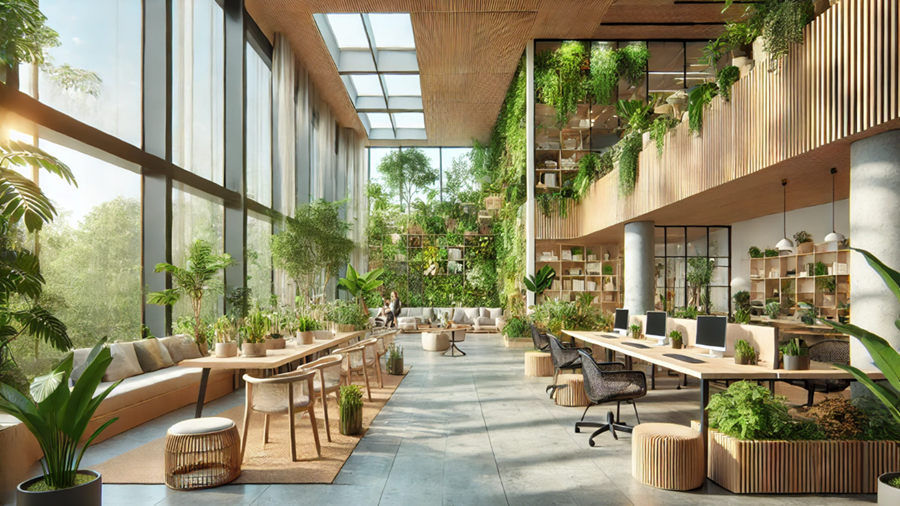
How to Implement Biophilic Design in Your Workspace
Implementing a biophilic design doesn’t need a complete refurbishment. It’s about strategically leveraging nature’s benefits to create a healthier, happier, and more productive work environment. While the possibilities are vast, here are some practical steps to guide you:
Introduce Greenery – Incorporating plants and green walls, like spider plants, peace lilies, and snake plants, improves air quality by absorbing pollutants and releasing oxygen. Improved air quality leads to fewer respiratory issues, headaches, and fatigue, thus increasing overall health and productivity. The Global Impact of Biophilic Design in the Workplace report shows that workers in environments with natural elements are 6% more productive.
Maximise Natural Light – Natural light plays a crucial role in regulating our circadian rhythms, which control our sleep-wake cycles. Maximising exposure to natural light in the workplace can enhance mood, increase energy levels, and boost productivity. This can be achieved through large windows, skylights, and open floor plans that allow sunlight to permeate the space.
Use Natural Materials – Integrate wood, stone, bamboo, and cork in furniture, flooring, and decor. Include patterns and textures that mimic natural forms, such as leaf motifs, wave patterns, and sustainable acoustic panels to reduce noise pollution.
Flexible Workspaces – Biophilic design goes beyond adding plants and natural materials, it’s about nurturing well-being. Flexible workspaces improve wellbeing by promoting movement and interaction. These adaptable environments increase creativity and enhance productivity by allowing employees to choose where they work.
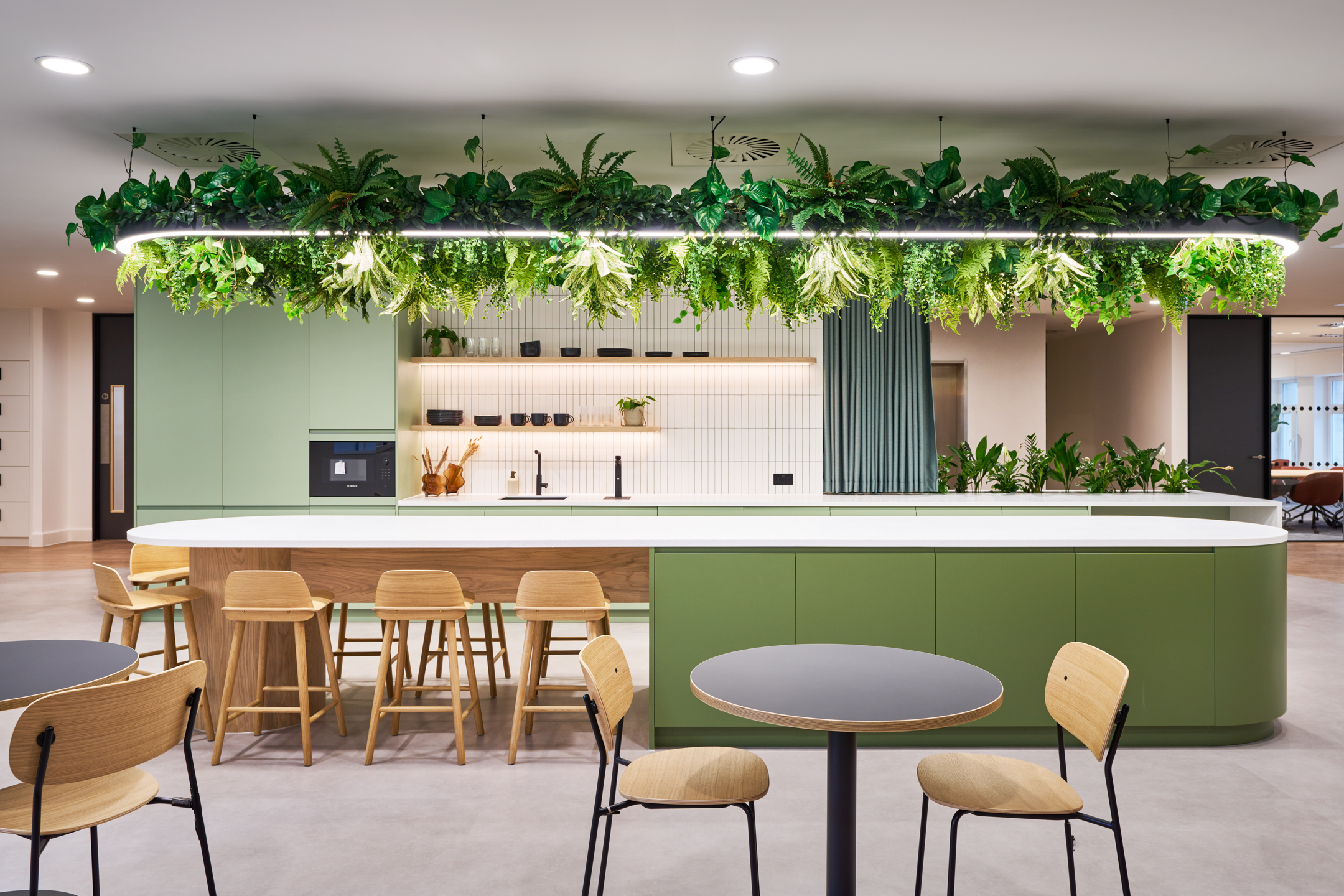
The Benefits of Biophilic Design
Enhanced Wellbeing
Biophilic design significantly boosts wellbeing by creating environments that reduce stress and anxiety, enhance mood, and improve overall mental health. The presence of natural elements helps create a calming atmosphere, leading to a happier and more content workforce. Improved physical and mental health leads to fewer sick days and a more reliable workforce.
Increased Productivity
Workspaces with biophilic elements boost creativity by 15%. The presence of natural features can stimulate creative thinking and inspire new solutions. Employees working in biophilic environments often report higher levels of job satisfaction, are more likely to be engaged in their tasks, and have productivity increased by 15%.
Enhanced Cognitive Function
Research published in Psychology Today indicates that exposure to nature improves attention span and cognitive performance. Environments incorporating natural elements have been shown to restore directed attention and reduce mental fatigue, making it easier for employees to concentrate and process information.
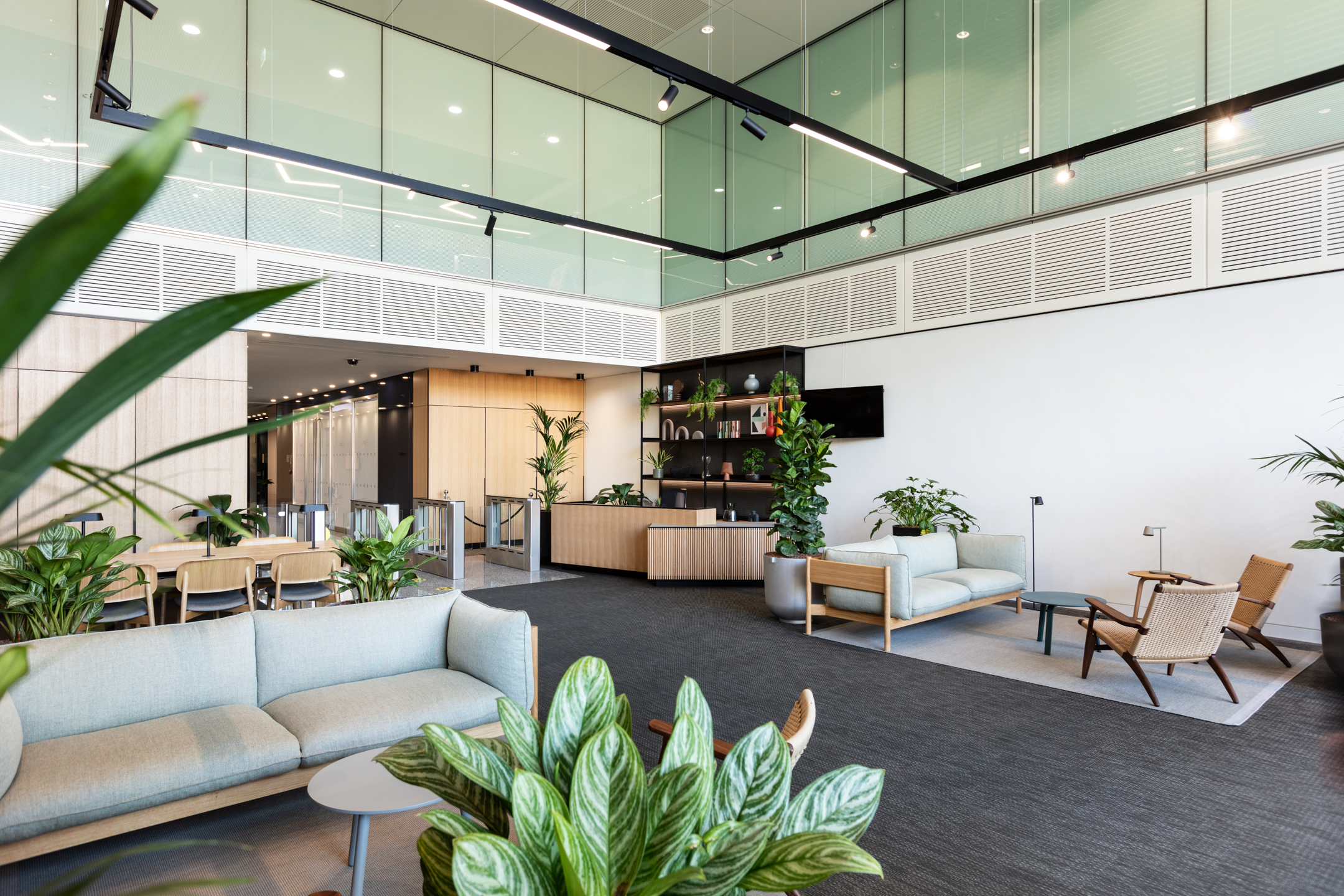
Incorporating biophilic design elements into the workplace creates a healthier, more productive, and more satisfying work environment. This approach benefits individual employees and contributes to the organisation’s overall success through increased productivity, creativity, and employee retention.
Find out more about how to include Wellbeing in Design with the help of our Head of Design, Kayleigh Nobbs, here.

